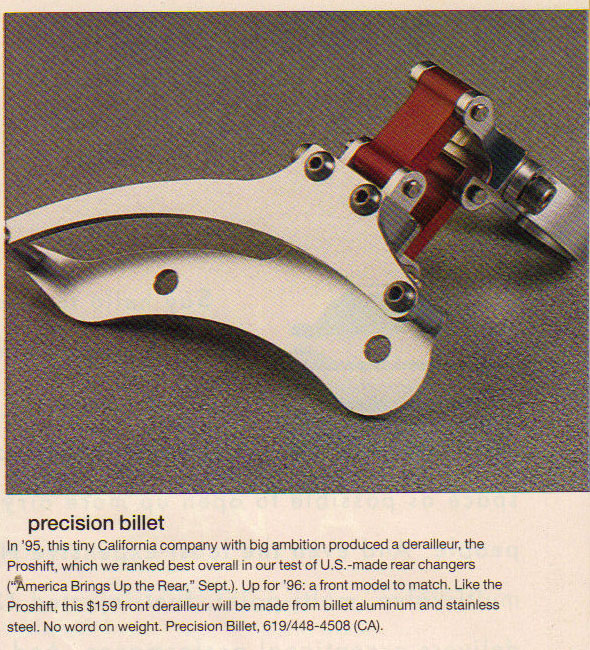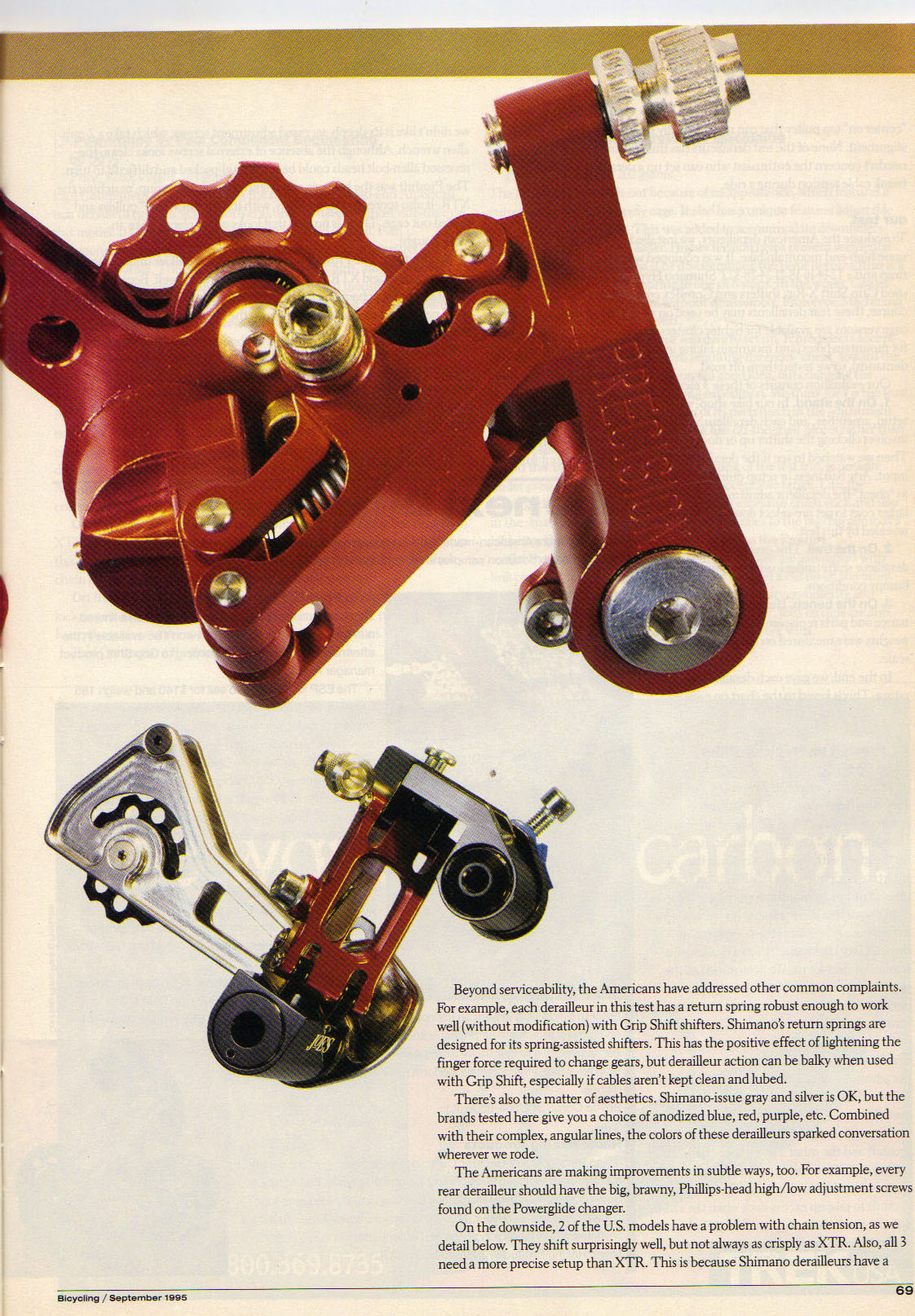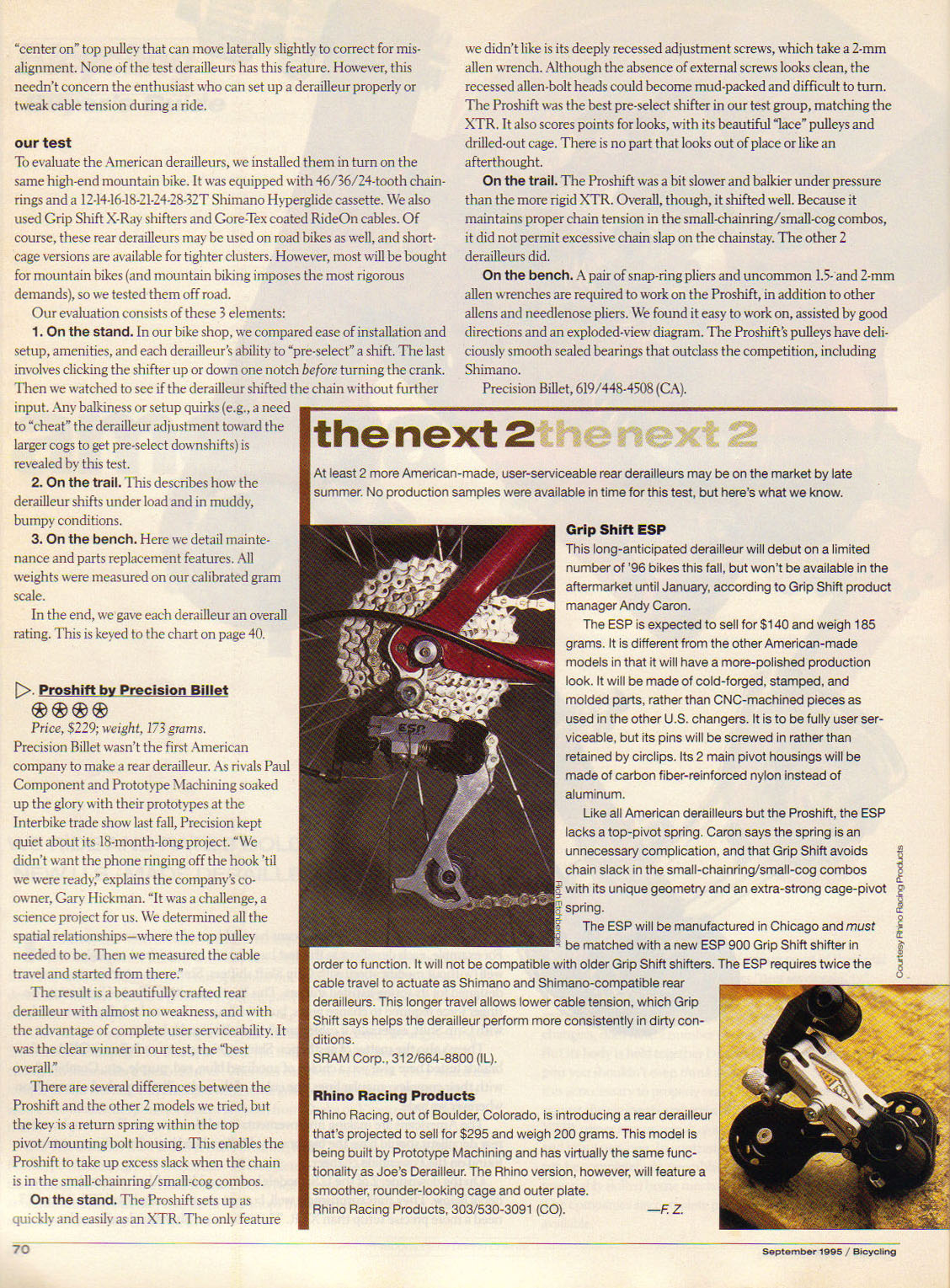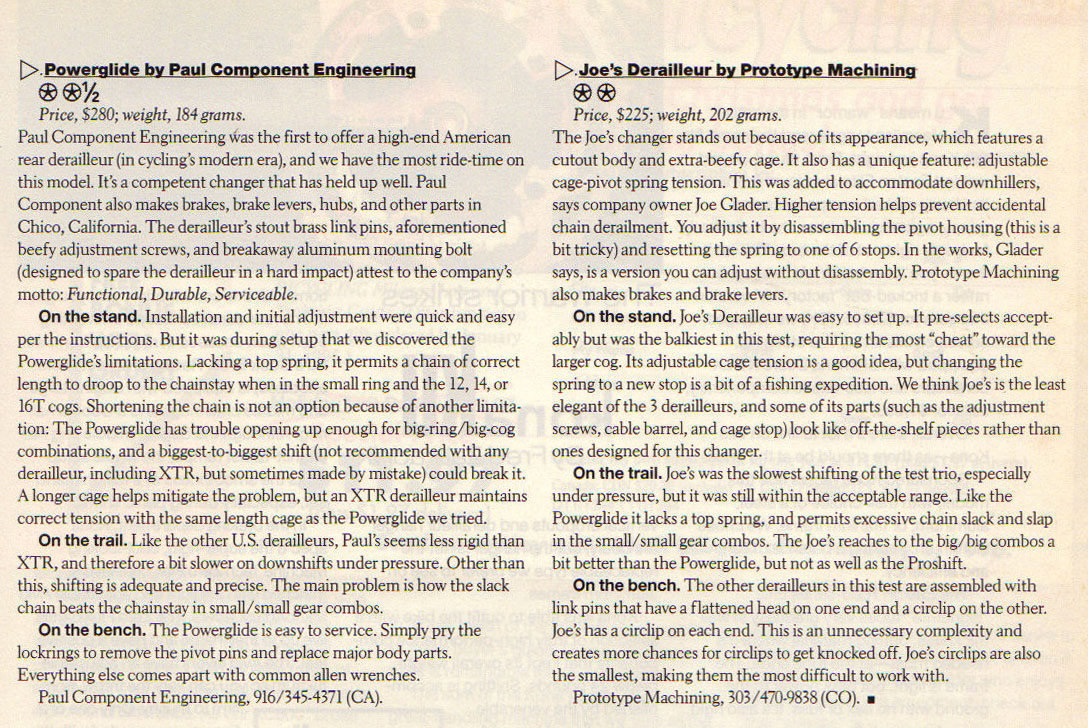Precision Billet
MOMBAT links
Hours
Monday-Friday: 10-6
Saturday: 10-5
Sunday: Closed
MOMBAT t-shirts
Show your support for the MOMBAT with this great looking t-shirt.
"It doesnt get any easier, you just get faster." Greg LeMond
If you found something useful on this site, please consider making a donation to help defray the costs of bringing it to you. Thanks Jeff






